Featured Panoramic Photo Above:
Classic Charles Conlon photo of Ty Cobb sliding into Jimmy Austin
Baseball History Comes Alive Now Ranked As a Top Five Website by Feedspot Among All Baseball History Websites and Blogs!
(Check out Feedspot's list of the Top 35 Baseball History websites and blogs)

Guest Submissions from Our Readers Always Welcome! Click for details
Subscribe to Old-Time Baseball Photos and Essays! for automatic updates.
As a Free Bonus you’ll get instant access to my two Special Reports: Memorable World Series Moments and Gary’s Handy Dandy World Series Reference Guide!
Pat Moran Photo Gallery
Click on any image below to see photos in full size and to start Photo Gallery:
Here’s One for Our Many Dead Ball Era Fans
Let’s Turn the Spotlight on Baseball “Lifer,” Pat Moran!
95 years ago on this date, baseball “lifer” Pat Moran passed away while at Spring Training with the Reds in Orlando, Florida. That was sad to read, but what I found really surprising was that Moran was only 48! If you’re like me, I bet you thought he was a lot older than that. He certainly looked it in all the old pictures I’ve seen of him. I would have guessed he was in his 60’s.
Pat Moran played 14 seasons in the major leagues for the Boston Beaneaters (1901-05), Cubs (1906-09), and Phillies (1910-14). While there’s not a whole lot to say about his lack luster career (.262, 17 home runs, 262 RBIs), Pat left his mark on the game as a manager. He posted a 748-586 mark (.561) over nine seasons, winning first-ever National League pennants for the Phillies (1915) and Reds (1919).
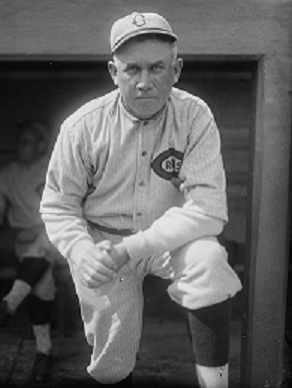
Moran spent most of his career as a back-up catcher. He utilized his time on the “pines” wisely, and became a student of the game. He specialized in the mental aspects of pitching, trying to understand what made some pitchers successful, while others, with equal amounts of talent, failed. As a player-coach with the Phillies in 1913-1914, he took a young right-hander named Grover Cleveland Alexander under his wing. Under Pat’s counsel and guidance, Alexander developed into one of the greatest pitchers in the history of the game.
Moran retired as a player after the 1914 season, but by then his definite leadership qualities were noticed by Phillies’ front office, and he was immediately promoted to manager. After a sixth place finish in 1914 due defections (and threatened defections) to the Federal League, Moran’s 1915 Phillies,— led by Alexander’s 31 wins and with slugging provided by Gavvy Cravath — improved by 17 games and won their first National League pennant. They lost the 1915 World Series four games to one to the Red Sox. The Phillies finished second in both 1916 and 1917. With baseball disrupted by World War I – and with the trade of Pete Alexander to the Cubs – the Phillies sank below .500 in 1918 and Moran was fired.
Pat Moran was not unemployed for long, as he was hired to succeed the ailing Christy Mathewson as Reds manager for the 1919 season. The Reds had finished third, 15½ games behind in 1918, but under Moran they showed immediate improvement, taking the 1919 National League pennant by nine games. They then defeated the White Sox in the 1919 World Series five games to three to win Cincinnati’s first world championship.
This should have been Moran’s crowning accomplishment. But when it was charged that eight key members of the White Sox had conspired with gamblers to “throw” the series, the Reds’ achievement appeared tarnished. After the scandal broke, Moran and his players and many baseball experts furiously argued– with some merit – that the great Reds team would have won the series under any circumstances.
The Reds fell to third in 1920, and then to sixth in 1921, followed by two second place finishes in 1922 and ’23. While spending the winter of 1923–24 at his Fitchburg, MA. home, Moran was taken ill. He was able to report to the Reds’ training camp in Orlando, Florida, but his condition worsened and he died there at the age of 48. The cause of death was listed as Bright’s Disease, a kidney ailment, but some baseball historians ascribe Moran’s fatal illness to alcoholism
Gary Livacari
Photo Credits: Featured photo beautifully colorized by Don Stokes; All others from Google search
Information: Excerpts edited from Pat Moran Wikipedia page
Check out my two books, both now available on Amazon in e-book and paperback: “Paul Pryor in His Own Words: The Life and TImes of a 20-Year Major League Umpire”and “Memorable World Series Moments.” All profits go to the Illinois Veterans Foundation
We are a participant in the Amazon Services LLC Associates Program, an affiliate advertising program designed to provide a means for us to earn fees by linking to Amazon.com and affiliated sites. Click here to view Amazon’s privacy policy

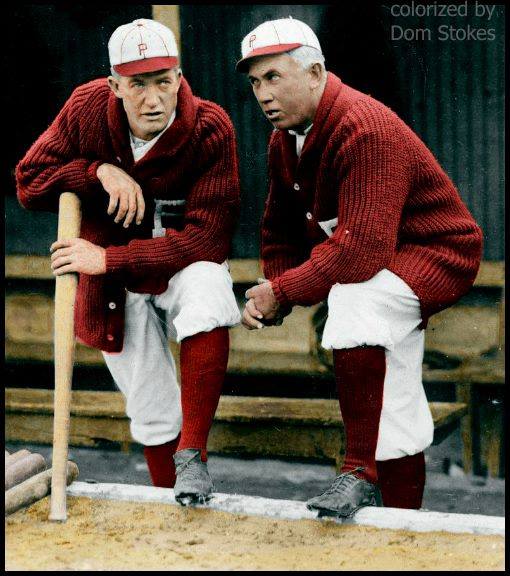
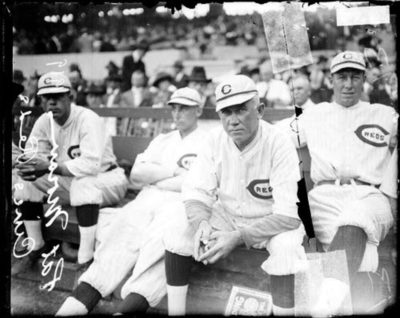
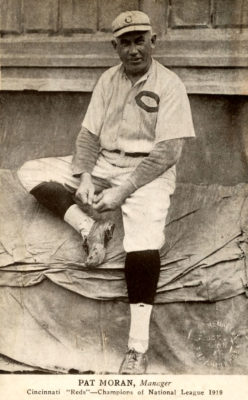
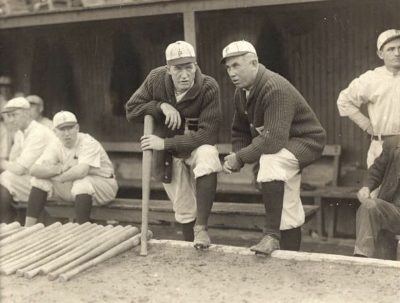
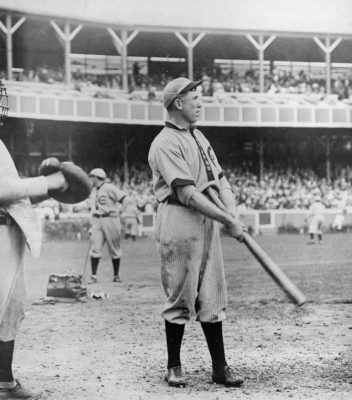
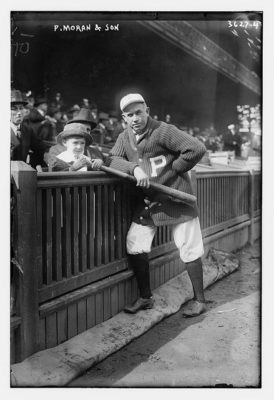
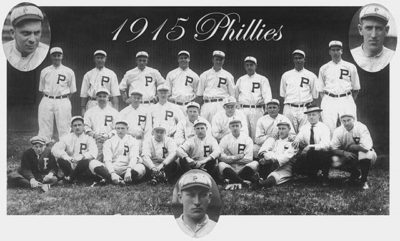
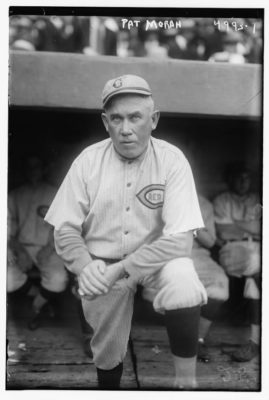
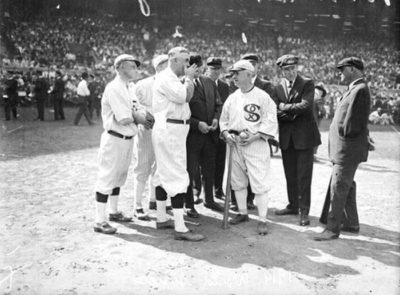
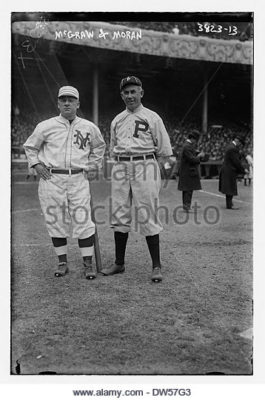
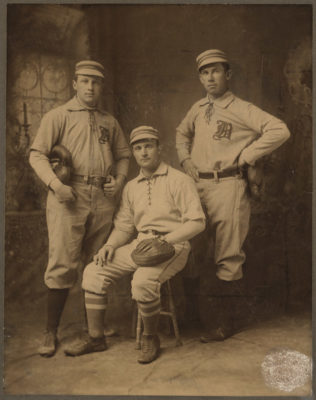
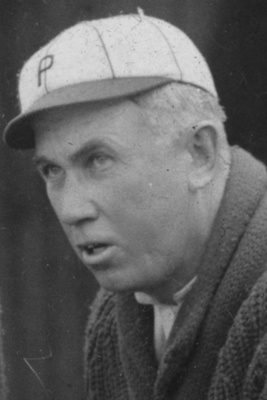
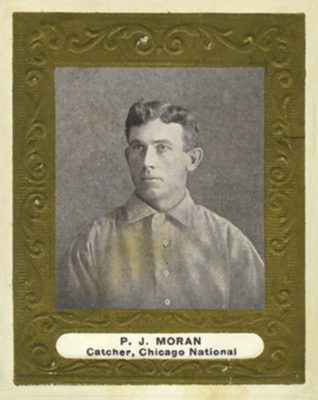
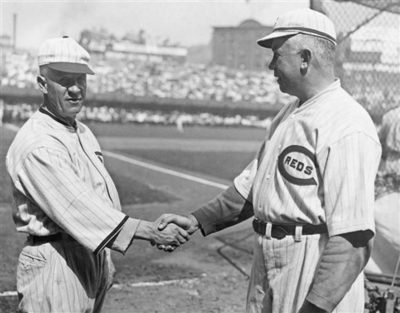
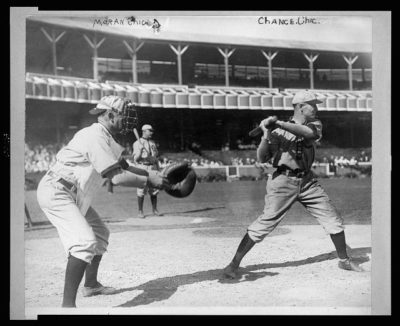
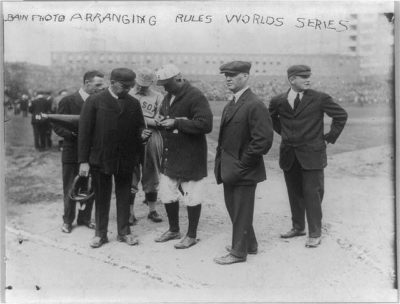
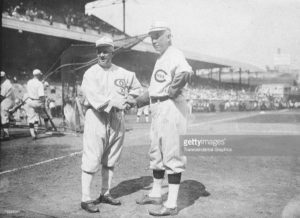

Great post. Fitchburg,MA is only 20 miles as the crow flies from my home. There is a plaque dedicated to Moran in an out of the way spot on Rte.31 in Fitchburg that unless you have the greatest of curiousity, you wouldn’t stop. Kind of sad, in a way. Thanks for keeping the memory alive.